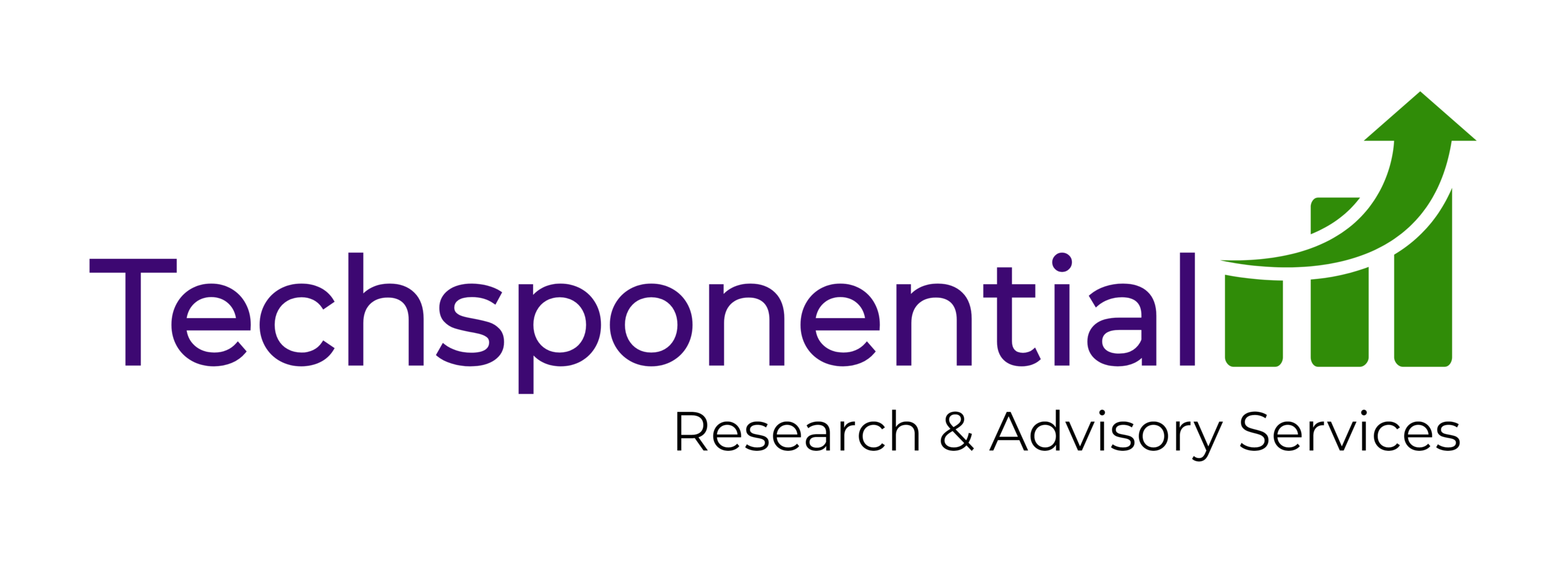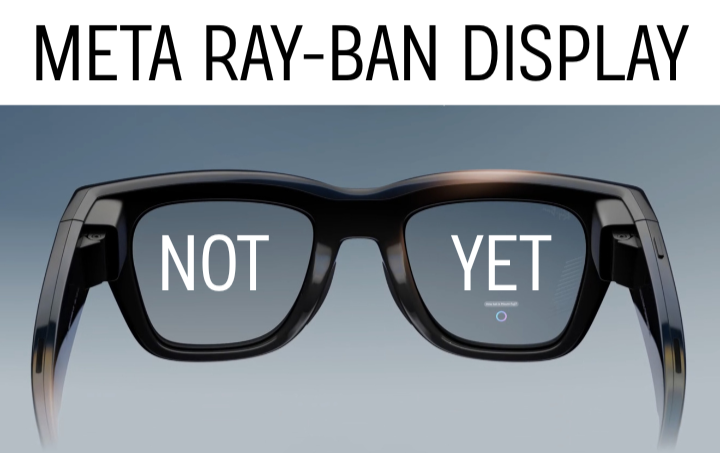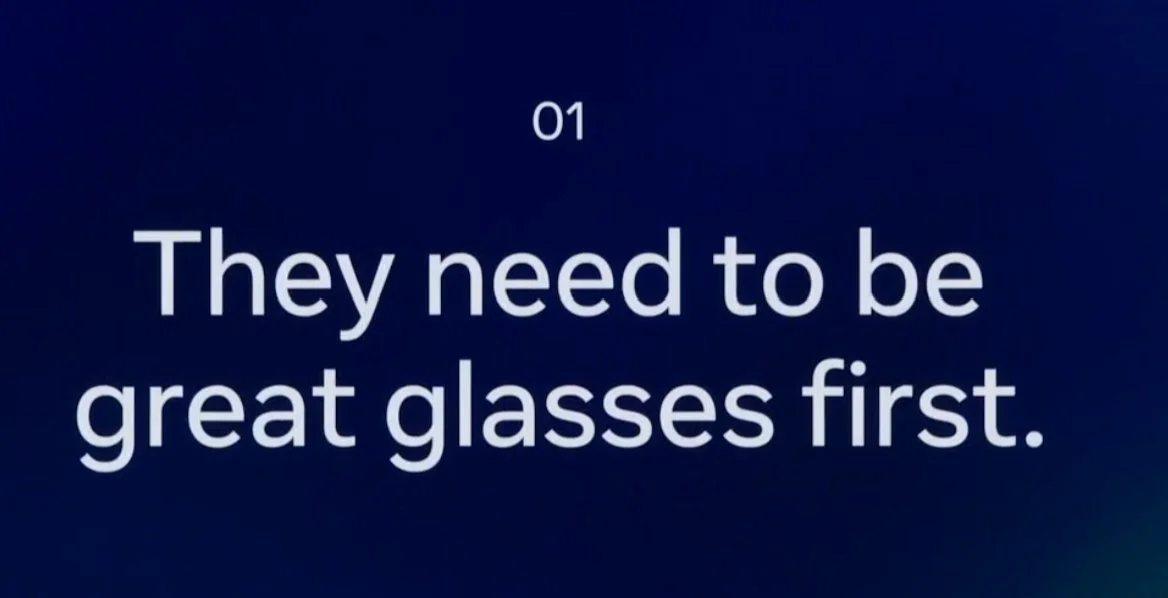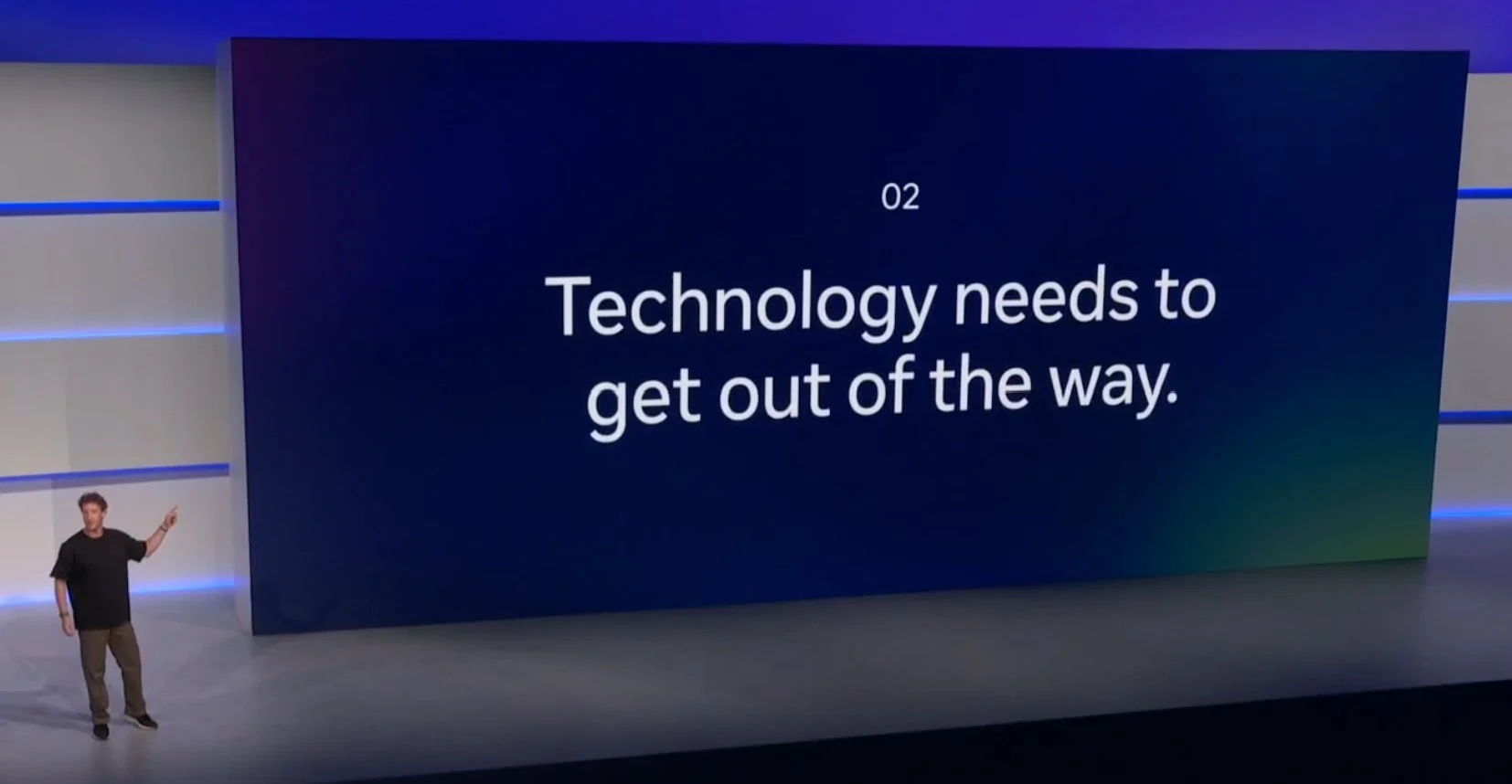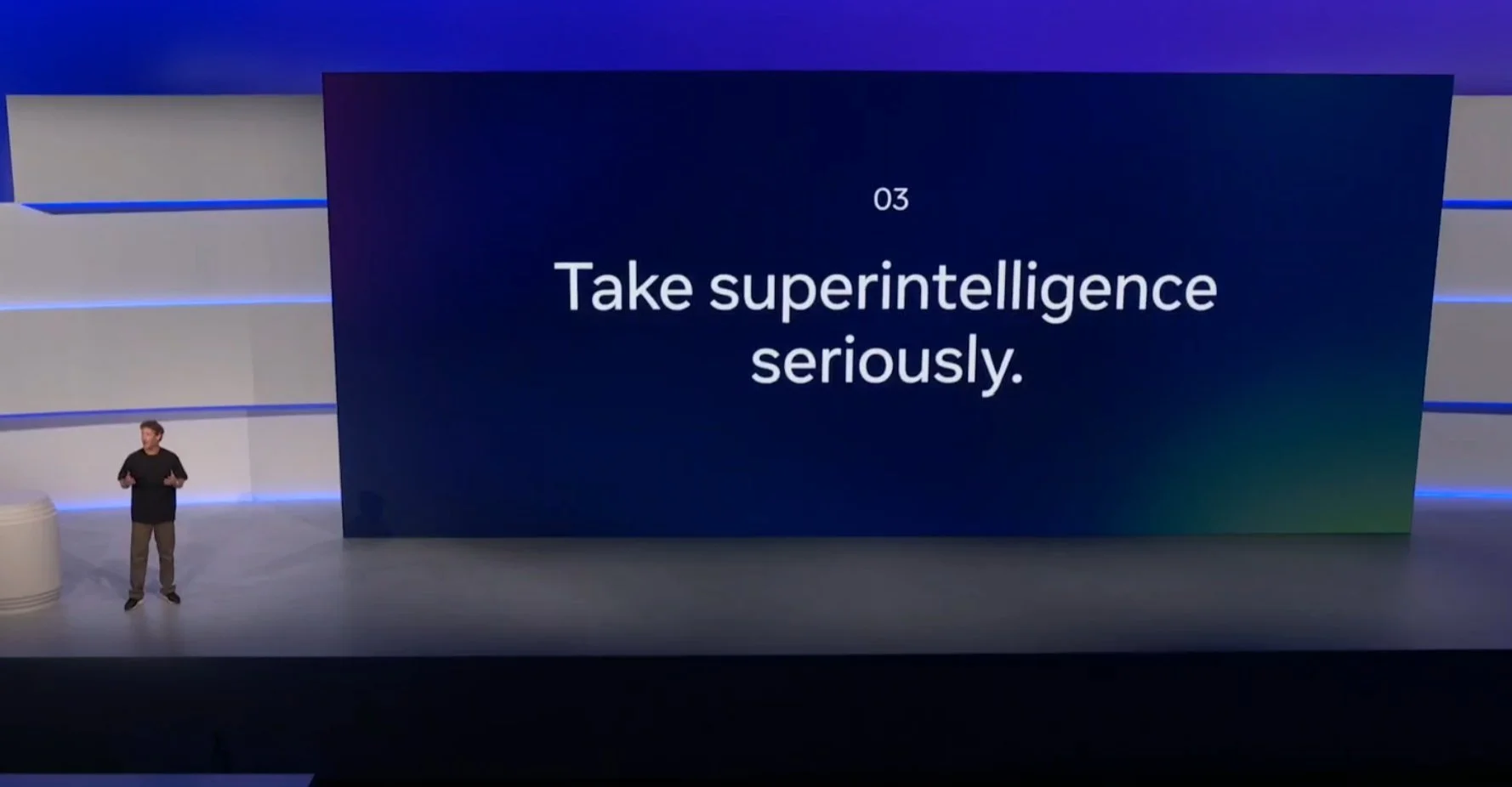Meta Ray-Ban Display: For Display Only
Summary
Meta has beat Google and Apple to market with smart glasses that have a display for widgets, notifications, and AI. The Meta Ray-Ban Display’s secret sauce is its interface control bracelet and Meta’s partnership with Essilor-Luxotica for design and distribution. They officially went on sale last week, but the launch has been rough: Meta wasn’t really ready to sell the glasses, certainly not in significant volumes. Inventory sold out in just two days without huge lines at stores, and some people were directed to store locations that didn’t exist. Meta has started providing better information, and if it can fix its supply chain and expand distribution it will have a significant first mover advantage.
What Meta Got Right
Meta has been building its XR products consistently and iteratively with mass-market price points and use cases in mind. In contrast, Microsoft had an early lead in enterprise but abandoned Hololens when it ran into technical and managerial problems. Apple has been building AR software capabilities for years for its phones and tablets, but when it came to XR wearables it jumped into the high end of headsets with no clearly defined use cases. Google was too early with Glass in 2013 and oversold its capabilities. In 2020, Google bought North, whose Focals smart glasses already matched some of what Meta Ray-Ban Display can do today. Instead of building on them, Google cancelled Focals 2.0 before launch. Google is now extending Android across different wearable form factors but hasn’t launched anything yet.
Meta’s quest for XR hasn’t been cheap. Meta has lost billions of dollars a year in the past decade – and over ten billion dollars each of the past three years – on its efforts to turn the metaverse into a platform. Some of that money went into software, Quest VR headsets, and Orion AR glasses prototypes, but starting in 2021 Meta also launched its first simple, affordable Ray-Ban smart glasses. The Ray-Ban Stories cost $300 and initially were focused on taking short videos and phone calls. Over the years, Meta has steadily added functionality to its Ray-Ban Meta Smart Glasses. Thanks to improved capabilities (and probably tariffs), the price has crept up to $380, and there’s a lot more AI, but the premise remains simple: these are approachable sunglasses that add a limited amount of useful functionality. The models announced at Meta Connect last month now support 3K video and twice the battery life. There are also new styles, including a $500 Oakley Meta Vanguard meant for sports, with powerful speakers, a wider field of view in the camera, video stabilization, and synchronization with Garmin and Strava.
Meta has demonstrated full AR glasses prototypes (“Orion”) that can map digital objects onto your view of the world, but the technology is several years out – the prototypes cost over $10,000 each, and can’t be manufactured in volume. Meta’s first consumer XR glasses with displays are considerably less ambitious; they are essentially Ray-Ban Meta Smart Glasses with a small color display projected onto the inside of the glasses for one eye. This keeps costs, complexity, and expectations down. Meta appears to have delivered enough added value to justify the $800 price point for early adopters (or $1000 with single-focus prescription lenses), and that should enable Meta to gradually add software capabilities and potentially build an ecosystem around them.
Meta Ray-Ban Display and Meta Neural Band
At Meta Connect, Meta CEO Mark Zuckerberg outlined the company’s three rules of smart glasses:
“They need to be great glasses first.”
I.e., they have to be at least close to fashionable and must manage weight and heat effectively. One area where the Meta Ray-Ban Displays fall a bit short of this ideal is in prescription correction: it is possible, but the range is limited from -4 to +4 and progressive lens options are not possible. Multi-focal lenses are often required for older consumers (i.e., over 40) and there is also no provision to ever swap out lenses if your prescription changes.
“Technology needs to get out of the way.”
One of the key challenges that smart glasses have to overcome is how to control them. Voice works, but it can be clunky for navigating menu options and is only available in areas where talking to yourself is socially acceptable and privacy is preserved. North tried a thumb ring with a joystick, which was effective but couldn’t manage rich gestures. Meta’s solution is both high tech and relatively discreet: a wearable EMR wristband that translates finger gestures without requiring line of sight to your hands.
“Take superintelligence seriously.”
Face mounted cameras, personal displays, and earpiece-mounted audio give AI uniquely useful abilities: live captioning conversations, active directions, and an understanding of your environment. Meta uses its own open-source Llama AI models to power its glasses, and it has a reasonable monetization model as well (see below).
This is a new category and Meta has plenty of market education to do. But Meta Ray-Ban Display are the first untethered smart glasses with displays that could capture the mainstream imagination. They look almost like regular glasses, the limited things you can do with them appear to be useful, and Meta has pieces in place to solve two key problems other glasses overlook: the user interface model and distribution.
Apps and Enterprise
In sessions after the keynote at Meta Connect, Meta announced a Wearable Device Access Toolkit – i.e., app development for its smart glasses. Opening up Meta Ray-Ban Display to at least a curated selection of apps will be crucial if Meta wants to build on its first mover advantage over Google (and eventually Apple) and stay ahead of other limited-use-case smart glasses from Rokid, Even Realities, etc. The open model is Google's big selling point for Android XR (that, and Google's own apps/AI). It is worth noting, however, that Meta seems to be really early on this. For now, if you’re a developer, you can sign up on a list to be notified when the WDAT is available. Even then it seems likely that the rollout will be staged, and that enterprise-specific requirements may not even be taken into consideration.
There are endless enterprise use cases for smart glasses like the Meta Ray-Ban Display, and even more for AR glasses that can map onto the real world. However, Meta is targeting the Meta Ray-Ban Displays at consumers, not enterprise. The distribution channel is consumer retail. Even the Wearable Device Access Toolkit is being pitched at corporate developers building consumer experiences. However, given how useful real time information in your field of view can be for enterprise users, if the Meta Ray-Ban Display succeeds with consumers, Meta should be expected to expand into enterprise over time with a different monetization, security, and privacy model.
The Launch
Meta Ray-Ban Display smart glasses went on sale in the U.S. on September 30. The launch was extremely limited and filled with glitches. Meta responded with a FAQ on its site that essentially confirmed that Meta was not ready to sell these yet in any kind of volume. Meta is requiring an appointment for a demo at a physical retailer before purchase or placing an order because it says that the interface onboarding is too complicated for consumers do it without assistance and still maintain high customer satisfaction rates.
The Meta Ray-Ban Display is only available in the U.S. through Best Buy or various Essilor-Luxottica retail outlets. Essilor-Luxottica counts 4,296 retail outlets in North America and Best Buy has 1056, but only a handful are authorized to do the demos. Meta doesn't have enough inventory anyway -- they sold out their initial stock in 48 hours. If you want to order them in the metro NY/NJ area, you need to book an appointment at one of only four (and eventually six) locations, none of which currently show openings until January 12.
Photo I took of the “Best Buy” location listed on Meta’s site for Meta Ray-Ban Display demos. It was not a Best Buy.
It’s worse: for the first couple of days of the launch, Meta’s scheduler for demos sent some people to locations that did not exist: the location I went to in Secaucus, NJ was a shoe warehouse, not a Best Buy. (Meta has since corrected the address online.) The actual Best Buy two miles away did not have any Displays on display and would not be set up for demos for weeks, but the salesperson did offer to place an order for me, provided I was willing to wait until mid-November when they were showing availability. However – and not included in Meta’s FAQ – Best Buy appears to be selling only directly from inventory, it is not set up to deal with prescriptions at all. That salesperson may now be in trouble; Meta’s FAQ acknowledges that some people were able to buy Meta Ray-Ban Display glasses without appointments but the company is trying to prevent this going forward.
Launching new technology with new user interfaces that interact with individual face and wrist sizes and prescription needs is certainly challenging. Meta has the engineering and software capabilities in place, and it has the best possible retail and optician partner in Essilor-Luxottica, but Meta’s supply chain and go-to-market execution strategy is not fully in place yet. Meta needs a more robust onboarding process before these can be a truly mainstream product. I don't fault Meta for making demos a requirement at launch. I fault Meta for not having demos at every EssilorLuxottica store and enough inventory to meet demand.
Impact of a Frustrating Launch (Spoiler: Probably Not Much)
Aside from some disappointed early adopters (and tech analysts and press), this slow and glitchy launch likely won't hurt Meta in the long run. There are worse problems to have than unfilled demand with no serious competition. There are other smart glasses coming to market from Rokid, TCL/RayNeo, Even Glass, XREAL, and more, but most don't have the brand, distribution, AI, or user interface capabilities of Meta's Display. Techsponential will be testing these to see if any break out of their initial constraints. Samsung, Google, and Apple will eventually have competing products, but their delay gives Meta time to build up its supply chain and dramatically expand its distribution. None are working with EssilorLuxottica, which remains the premier partner globally with over 17,000 locations, relationships with opticians, and most of the best known eyewear brands.
A slow launch won’t impact Meta’s finances at all: Reality Labs operates at staggering losses, selling hardware with thin or nonexistent margins to build expertise and market share. Meta has a proper revenue model in mind: it plans to use inputs to Llama AI through its wearables to drive better ad fit across its social networks, which pushes up ad revenues. It’s an indirect revenue model, and may run into privacy laws in some geographies, but it may be more successful than asking consumers to pay for yet another AI subscription.
The slow approach to reaching the market does push out the timetable for Qualcomm to get to volume in its XR division. Qualcomm is the primary silicon provider for Meta (and everyone else other than Apple), and it has been patiently investing in this market for over a decade.
One thing Meta can do to address demand among early adopters is to borrow the approach Kenner took in 1977. Faced with huge holiday demand for Star Wars action figures but having no action figures ready to sell, Kenner sold empty boxes with a cardboard stand for figures to be mailed later. The modern equivalent would be for Meta to open up every EssilorLuxottica retail location to demos in the next four weeks so that it can take orders to be delivered closer to or after Christmas.
Sooner or later, supply will catch up to early adopter demand, and that will present Meta with another opportunity, but only if it plans for it now. If Meta is smart, it will allocate a significant portion of its sparse Display units to developers as it builds out its API. That way, by the time Meta is able to expand its base beyond early adopters, more use cases will be available, and Meta will finally have the software platform control it so badly craves.
In the meantime, Meta's truly mainstream smart glasses product -- the Ray-Ban Meta Smart Glasses -- have just been improved and can be purchased everywhere without appointment or delay, and in wider prescription ranges and progressive lens options.
For Techsponential clients, a report is a springboard to personalized discussions and strategic advice. To discuss the implications of this report on your business, product, or investment strategies, contact Techsponential at avi@techsponential.com.
